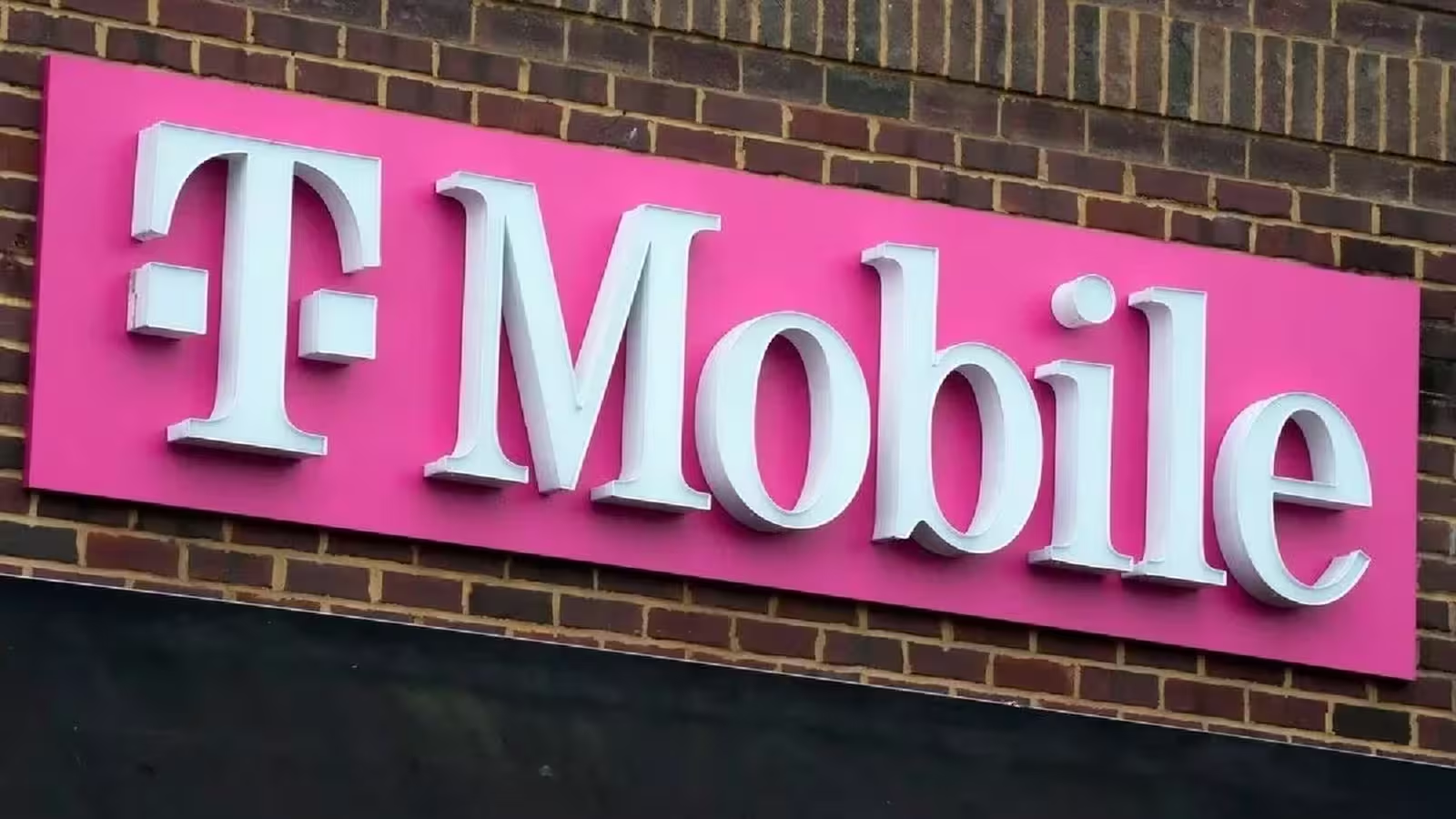4 Minutes
T-Mobile's 6G Predictions: A Glimpse Into the Future of Wireless Connectivity
T-Mobile is making waves in the technology sector with its latest high-profile forecasts about 6G, the upcoming mobile connectivity standard set to redefine digital communication by 2030. While many users are still exploring the full potential of 5G networks, T-Mobile’s leadership is already looking ahead, predicting that the leap to 6G will unlock unprecedented opportunities and challenges on a global scale.
What 6G Could Bring: Features and Promises
Ulf Ewaldsson, T-Mobile's Chief Technology Officer, has set forth a bold vision for 6G, suggesting it will usher in an era of ultra-fast, hyper-connected experiences. With anticipated data usage up to 100 times greater than what was initially expected for 5G, 6G promises to dramatically enhance both consumer and enterprise applications. Among its headline features:
- Lightning-fast data speeds capable of supporting a growing array of connected devices, with estimates of up to 500 billion devices worldwide.
- Ultra-low latency, potentially below one millisecond, enabling real-time services such as fully autonomous driving, high-frequency trading, and next-level augmented reality experiences.
- Advanced AI integration, with networks capable of instantly adapting to user needs—imagine a connectivity platform that functions like your personalized, digital concierge.
- Massive economic impact, with forecasts suggesting 6G could drive up to $10 trillion in global value by the end of the decade.
Comparisons: US, China, and Europe on Diverging Paths
While T-Mobile and other US tech leaders are setting aggressive targets, the international race for 6G supremacy is heating up. China Mobile, for instance, is already pioneering technologies such as Integrated Sensing and Communication (ISAC), blending network connectivity with environmental sensing for smarter infrastructure. The deployment of 5G-Advanced at thousands of sites, offering speeds beyond 4 Gbps, highlights China’s rapid progression toward next-generation wireless ecosystems.
In contrast, Europe finds itself at a crossroads. Major European telecom companies continue to navigate the complexities and costs associated with existing 5G rollouts, often lacking the financial resources to leap headlong into another cycle of network transformation. Many European industry groups advocate for a more incremental approach, suggesting 6G should serve as an evolution of 5G rather than a disruptive leap. Their priorities include boosting network efficiency and leveraging AI-powered automation, not necessarily introducing groundbreaking changes that require massive new investments.
The Global 6G Market: Structural and Regulatory Challenges
Europe’s telecommunications market is uniquely fragmented, with intense competition among multiple network operators in even the smallest countries. This high degree of market segmentation, coupled with stringent regulations and relatively subdued consumer spending, has constrained investment in cutting-edge wireless technologies. As a result, there are growing concerns that European operators could lose their competitive edge in the upcoming 6G era, especially as the US and China surge ahead with aggressive deployment strategies and supportive policy frameworks.
Use Cases and the Promise of 6G
With its promise of nearly instantaneous connectivity and massive device support, 6G is poised to enable innovations in smart cities, autonomous vehicles, industrial automation, immersive VR/AR, and telemedicine. The potential for intent-based, AI-driven systems means devices and applications could respond to context and service demands with unprecedented intelligence and speed.
However, global collaboration is crucial. The harmonious development of mobile network standards has historically been guided by organizations such as 3GPP, but diverging ambitions between regions could fragment the next generation of wireless technology, putting global interoperability and innovation at risk.
Market Relevance: Will Europe Join the 6G Revolution?
For now, T-Mobile and its contemporaries in America are capturing headlines with their audacious 6G roadmaps, but the future remains uncertain for Europe. Unless European regulators and operators can reconcile their ambitions with the necessary investments, the continent may find itself watching from the sidelines as the 6G bullet train accelerates—led by tech giants in the US and powerhouse telecoms in China.
As the transition to 6G gathers pace, it’s clear that the stakes for global leadership in wireless connectivity have never been higher. The time for Europe to act decisively is now, or risk falling behind in the digital age’s next great leap.
Source: phonearena



Comments